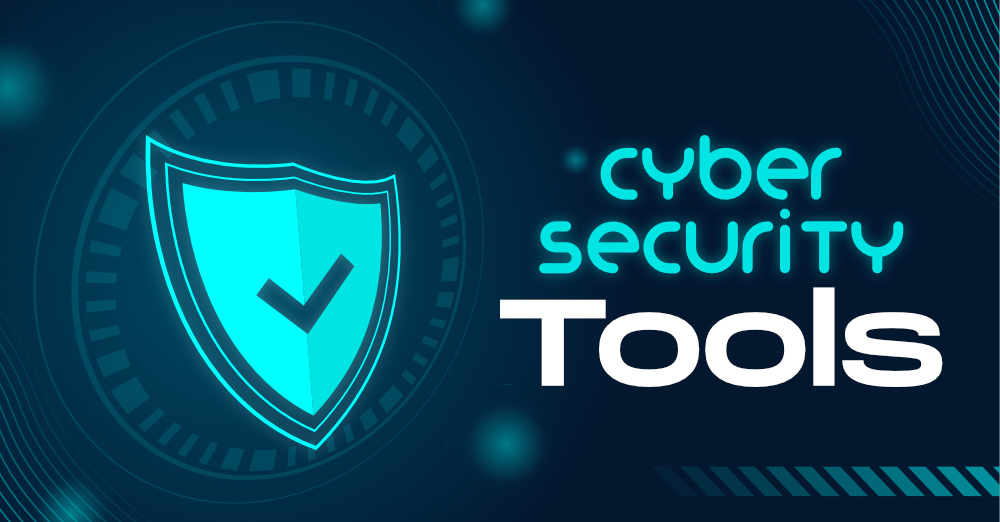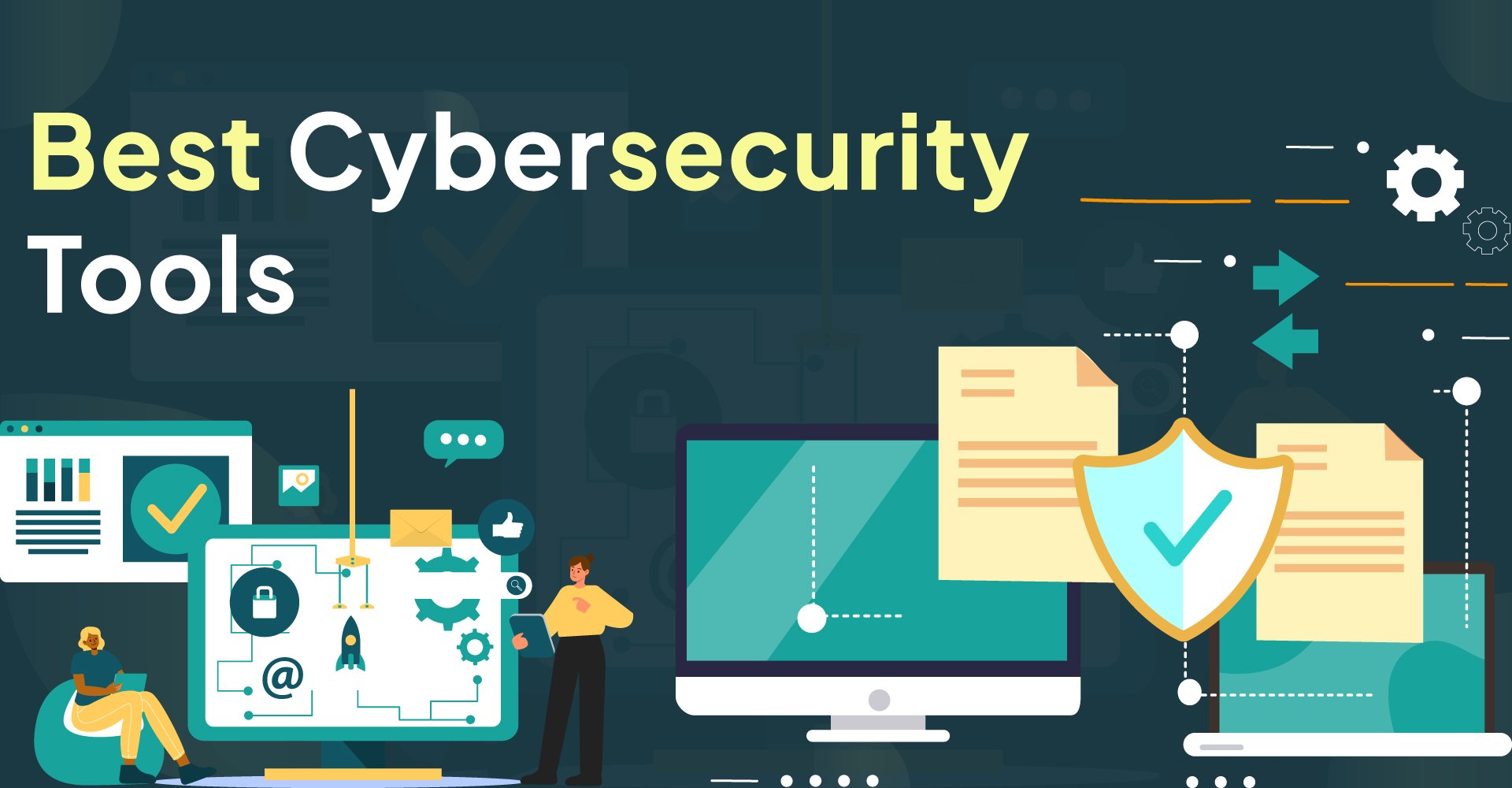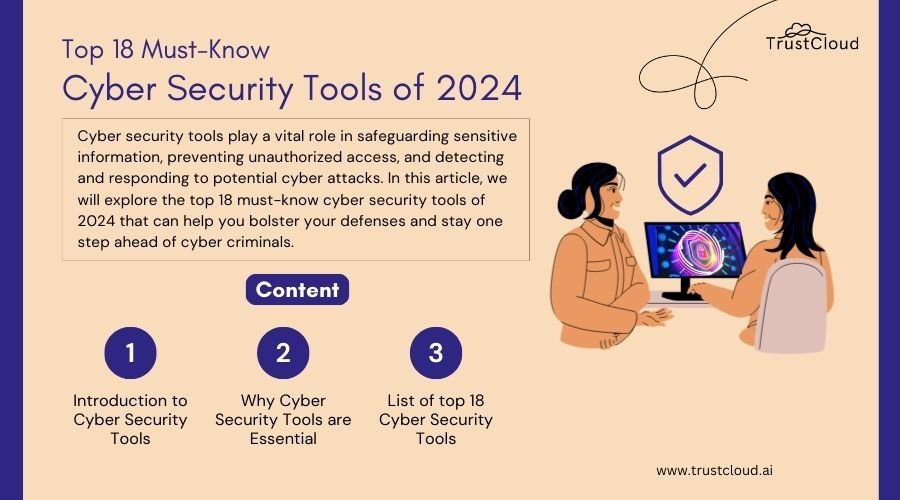
Introduction
Overview of Cybersecurity Tools
In an increasingly digital world, the reliance on technology brings with it a host of vulnerabilities. Cybersecurity tools serve as the first line of defense against various threats, ensuring the integrity, confidentiality, and availability of information. These tools are designed to detect, prevent, and respond to cyber threats, enabling individuals and organizations to secure their data effectively.
Cybersecurity encompasses a broad spectrum of tools, each crafted to tackle specific challenges. Some of the primary categories include:
- Antivirus Software: Protects against malware by detecting and removing malicious programs.
- Firewalls: Act as barriers between trusted internal networks and untrusted external networks, controlling the incoming and outgoing network traffic.
- Intrusion Detection Systems (IDS): Monitor network traffic for suspicious activity and alert administrators of potential threats.
- Encryption Tools: Secure sensitive data by converting it into a code that only authorized parties can decipher.
With the rise in sophisticated cyber attacks, having reliable cybersecurity tools in place is no longer optional—it is essential.
Importance of Cybersecurity in Today’s World
The significance of cybersecurity in today’s interconnected environment cannot be overstated. With individuals, businesses, and even governments constantly exchanging and storing sensitive information online, the stakes have never been higher.
Consider the increasing number of high-profile data breaches that we’ve witnessed in recent years. Organizations like Equifax and Yahoo have suffered devastating attacks, leading to the exposure of millions of records and billions of dollars in losses. These incidents underscore the pressing need for robust cybersecurity measures.
Here are some key reasons highlighting the importance of cybersecurity:
- Protection of Sensitive Data: Cybersecurity tools prevent unauthorized access to confidential information.
- Maintaining Trust and Reputation: A strong security posture helps build trust with customers and partners.
- Compliance with Regulations: Many industries are subject to legal regulations governing data protection, necessitating effective cybersecurity strategies.
Ultimately, as cyber threats continue to evolve, staying one step ahead with the right cybersecurity tools is imperative for safeguarding invaluable information. This commitment to cybersecurity not only protects data but also fortifies the resilience of businesses and individuals in the digital age.

Importance of Cybersecurity Tools
Role of Cybersecurity Tools in Protecting Information
Cybersecurity tools play a pivotal role in the protection of sensitive information, acting as both a shield and a sword in the ongoing battle against cyber threats. These tools not only safeguard data from breaches but also help recover and mitigate damages when incidents do occur.
Imagine a situation where a small business is targeted by hackers aiming to steal customer data. The absence of cybersecurity tools could lead to catastrophic consequences, including financial loss and damage to the business’s reputation. By implementing tools such as firewalls, antivirus software, and encryption solutions, businesses can create a fortress around their data.
Here are some critical functions these tools perform:
- Monitoring and Alerting: Tools like Intrusion Detection Systems (IDS) monitor network traffic, providing real-time alerts when suspicious activities are detected.
- Data Encryption: Encryption tools ensure that sensitive information, such as credit card details or personal identification, is unreadable to unauthorized users.
- Regular Updates and Patching: Many cybersecurity tools automate software updates, ensuring systems are protected with the latest security patches.
Common Threats Addressed by Cybersecurity Tools
Cybersecurity tools are designed to counter a wide range of prevalent threats that can jeopardize data integrity and security. Understanding these threats is critical for anyone looking to bolster their defenses.
Here are some of the most common threats that cybersecurity tools effectively address:
- Malware: Malicious software that includes viruses, worms, and ransomware, designed to damage or disrupt systems. Antivirus tools are crucial in detecting and eliminating these threats.
- Phishing Attacks: Cybercriminals often use deceptive emails to trick victims into disclosing sensitive information. Security awareness training combined with email filtering tools helps mitigate these risks.
- Denial of Service (DoS) Attacks: These attacks overwhelm servers, rendering them inaccessible to legitimate users. Firewalls and DoS protection systems help in identifying and blocking such attempts.
- Insider Threats: Not all threats come from outside; disgruntled employees or careless actions can lead to data breaches. User access controls and monitoring can help identify and prevent these incidents.
In summary, the role of cybersecurity tools is not merely about defense but also about empowering users and organizations to effectively respond to and recover from threats. By recognizing and addressing common security risks, these tools form the backbone of any comprehensive cybersecurity strategy, ensuring that sensitive information is well-guarded in today’s digital landscape.

Top 10 Free Cybersecurity Tools
When it comes to cybersecurity, the right tools can make all the difference in protecting your data without breaking the bank. The following list presents ten free cybersecurity tools that not only help secure your systems but also empower you with valuable features. Let’s explore some of the best options available today.
Tool 1: Avast Free Antivirus
Avast Free Antivirus is a popular tool renowned for its comprehensive malware protection. With features including:
- Real-Time Scanning: Monitors your system continuously for threats.
- Smart Scan: Scans for malware, browser issues, and out-of-date software in one go.
- Wi-Fi Inspector: Analyzes your network for security vulnerabilities.
This tool is particularly useful for those new to cybersecurity, providing a user-friendly interface and strong protection.
Tool 2: Bitdefender Antivirus Free Edition
Bitdefender offers a lightweight yet effective antivirus solution. Key features include:
- Advanced Threat Defense: Uses behavioral detection to identify new, emerging threats.
- Phishing Protection: Safeguards against deceptive websites targeting your personal information.
Its minimalistic design also ensures it won’t slow down your system—an added bonus for performance!
Tool 3: Malwarebytes Free
Malwarebytes Free specializes in removing malware and is an excellent companion to existing antivirus software. Features worth noting:
- Malware Removal: Scans and removes malware that may be missed by traditional antivirus tools.
- Browser Guard: Blocks malicious websites and pop-ups.
Many users rely on it for periodic system scans, ensuring their devices remain clean and secure.
Tool 4: CCleaner
Though primarily known as a system optimization tool, CCleaner aids in enhancing security by clearing out unnecessary files. Key features include:
- Privacy Protection: Removes browsing history and temporary files, safeguarding sensitive information.
- Startup Management: Disables unwanted startup programs that could expose vulnerabilities.
Keeping your system clean can help improve performance and reduce the attack surface for potential threats.
Tool 5: Wireshark
Wireshark is an advanced network protocol analyzer that’s more technical, ideal for those looking to delve deeper into network activity. Features include:
- Packet Analysis: Monitors data packets traveling across your network, useful for detecting anomalies.
- Real-Time Capture: Captures live network traffic for in-depth analysis.
While it is highly effective, users should be comfortable with interpreting data and network protocols.
Tool 6: Nmap
Nmap (Network Mapper) is another powerful tool for network discovery and security auditing. Its features encompass:
- Port Scanning: Identifies open ports on your system that could be exploited.
- Service Detection: Determines network services running on a host.
Used by network administrators, it helps identify security risks before they can be exploited.
Tool 7: OpenVAS
OpenVAS is an open-source vulnerability scanner that helps identify and manage security risks. Key features include:
- Comprehensive Scanning: Scans for known vulnerabilities in systems and applications.
- Detailed Reporting: Provides insights into vulnerabilities and suggested remediations.
This tool is essential for those managing multiple servers or networks, allowing for proactive security measures.
Tool 8: ProtonVPN
ProtonVPN is an essential tool for maintaining privacy online. Features include:
- Secure Browsing: Encrypts your internet connection, protecting your data from snooping.
- No Logs Policy: Does not track or store user activity.
This tool is especially beneficial for users connecting to public Wi-Fi networks.
Tool 9: LastPass
LastPass is a password manager that simplifies the process of managing credentials. Features include:
- Secure Password Storage: Safely stores and encrypts passwords for your various accounts.
- Password Generator: Creates strong, unique passwords for enhanced security.
In today’s world of multiple accounts, having a reliable password manager is invaluable.
Tool 10: Snort
Snort is an open-source intrusion detection system that monitors traffic in real-time. Key features include:
- Network Intrusion Detection: Identifies suspicious traffic patterns and alerts users.
- Packet Logging: Logs data packets for further analysis.
Ideal for security teams, it provides critical insights into potential breaches before they escalate.
In conclusion, the right combination of cybersecurity tools can significantly bolster your online security while remaining budget-friendly. These top 10 free cybersecurity tools equip users with the ability to protect themselves against various threats, ensuring a safer digital experience.

How to Use Cybersecurity Tools Effectively
Having a robust suite of cybersecurity tools is essential, but how you implement and utilize them can make all the difference. Understanding how to effectively deploy these tools ensures that you maximize their potential in safeguarding your network.
Implementing Cybersecurity Tools in Your Network
When integrating cybersecurity tools into your network, it’s crucial to adopt a systematic approach. Here are some steps to consider:
- Assess Your Needs: Start by conducting an assessment of your current infrastructure. Identify which vulnerabilities exist and what tools will best mitigate those risks.
- Prioritize Tool Selection: Based on your assessment, select the most relevant cybersecurity tools that align with your specific requirements. For example, if malware is a significant concern, an effective antivirus solution should be at the top of your list.
- Deployment: During deployment, ensure that the installation of the tools is configured properly. Take the time to set up rules and alerts correctly, as an improperly configured tool can lead to either missed threats or unnecessary alerts.
- Training Personnel: Educate your staff on how to use these tools effectively. For instance, if your organization utilizes a password manager, conducting a training session to demonstrate its features can promote proper usage.
- Continuous Monitoring: Cybersecurity isn’t a one-time task. Regularly review the tools’ performance and update them as needed to keep pace with evolving cyber threats.
Best Practices for Utilizing Free Cybersecurity Tools
While free cybersecurity tools can be powerful allies, following best practices can help enhance their effectiveness:
- Keep Software Updated: Ensure that your cybersecurity tools are always up-to-date. Developers frequently release updates to fix vulnerabilities, and missing these can create exposure points.
- Integrate Tools: Where possible, integrate your cybersecurity solutions with one another. For example, connecting your antivirus tools with your firewall can enhance your perimeter security.
- Backup Regularly: Regular backups of your critical data can provide an extra layer of protection. If all else fails and your data is compromised, having repeat copies can speed up recovery.
- Educate and Train Regularly: Cybersecurity awareness is key. Regular training sessions for all personnel on security best practices will foster a culture of security within the organization.
- Use a Layered Approach: Implement multiple layers of security, utilizing various tools and practices to create a comprehensive defense strategy. For example, combining antivirus, firewalls, and intrusion detection systems enhances overall protection.
Implementing cybersecurity tools effectively and adhering to these best practices will empower you to create a secure network environment. With the threats continually evolving, it’s essential to be proactive and adaptable in your approach, ensuring that your data remains safe and secure.

Conclusion
As we wrap up our exploration of cybersecurity tools, it’s essential to reflect on the critical resources available for protecting our digital lives. With cyber threats looming larger than ever, leveraging the right tools is paramount in safeguarding sensitive information.
Recap of Top 10 Cybersecurity Tools
Throughout this article, we discussed ten powerful free cybersecurity tools that everyone should consider. Here’s a quick recap to reinforce their importance:
- Avast Free Antivirus: Comprehensive malware protection and real-time scanning.
- Bitdefender Antivirus Free Edition: Lightweight with strong advanced threat defense.
- Malwarebytes Free: Specializes in detecting and removing malware.
- CCleaner: Cleans up system files and browsing data for added privacy.
- Wireshark: Advanced network protocol analyzer for packet inspection.
- Nmap: Network discovery and security auditing tool.
- OpenVAS: Open-source vulnerability scanner for identifying risks.
- ProtonVPN: VPN service for secure browsing on public networks.
- LastPass: Password manager for safe and easy credential management.
- Snort: Intrusion detection system that monitors network traffic.
Each tool has unique features that can significantly enhance your cybersecurity posture.
Importance of Leveraging Cybersecurity Tools in Protecting Data
Embracing these cybersecurity tools is not just about following a trend; it’s about taking proactive steps to protect your data and privacy. In a world where cyber threats are becoming increasingly sophisticated, neglecting to incorporate these tools can lead to disastrous consequences.
Consider this—you wouldn’t leave your front door unlocked in a high-crime area, so why would you leave your digital assets unprotected? By using reliable cybersecurity tools, you can:
- Prevent Unauthorized Access: Effective tools deter attackers from breaching your systems.
- Mitigate Risks: Regular use of vulnerability scanners and antivirus software helps identify risks before they escalate into serious issues.
- Enhance Awareness and Training: Implementing these tools fosters a culture of security, encouraging best practices among employees and users.
In conclusion, leveraging a blend of the discussed cybersecurity tools can go a long way in protecting your data. The digital landscape is fraught with challenges, but with the right resources and a vigilant mindset, individuals and organizations can effectively defend against potential threats. Make a commitment today to enhance your cybersecurity strategy—after all, safety in the digital world is only a tool away!

